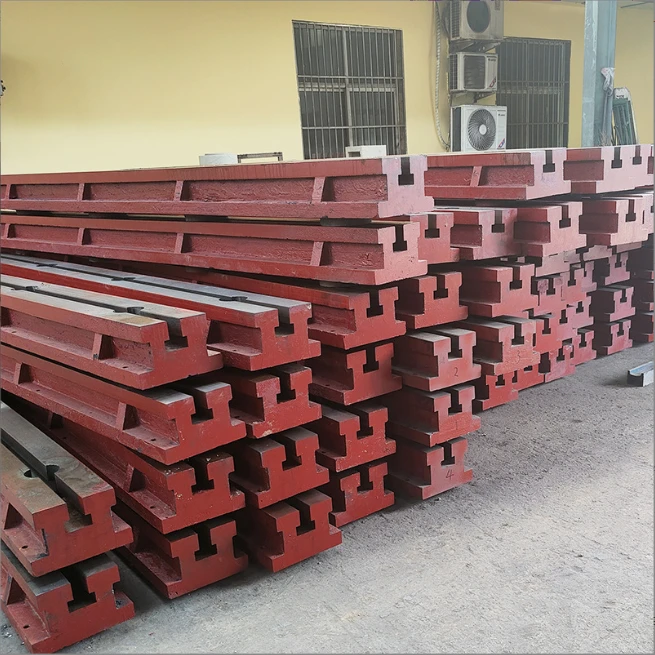دېكابىر . 01, 2024 22:49 Back to list
a one way check valve
Understanding One Way Check Valves A Comprehensive Guide
One way check valves are an essential component in various fluid systems, designed to allow fluid to flow in one direction while preventing backflow. These valves play a crucial role in maintaining system efficiency and preventing damage caused by reverse flow. This article delves into the functionality, applications, types, and advantages of one way check valves, highlighting their significance in industrial and domestic settings.
Functionality of One Way Check Valves
One way check valves operate on a simple principle they permit fluid to flow through the valve in one direction, while automatically closing to block flow in the opposite direction. This mechanism is crucial in applications where the reverse flow could lead to contamination, equipment damage, or system inefficiency. The valve typically consists of a body, a seat, and a movable element, often called a disc or flap, which moves to open or close based on the pressure differential across the valve.
When the fluid pressure exceeds the pressure from the opposite side, the disc moves away from the seat, allowing fluid to pass through. Once the flow decreases or reverses, the disc is pushed back against the seat, effectively sealing the valve and preventing backflow. This unique operation ensures that the system can function optimally without the risks associated with unwanted fluid reversal.
Applications Across Industries
One way check valves find applications in various sectors, including
1. Water Supply Systems In municipal water systems, these valves prevent contamination of the water supply by blocking reverse flow, ensuring clean and potable water reaches consumers.
2. Oil and Gas In the oil and gas industry, check valves are used in pipelines to prevent the backflow of crude oil or natural gas, protecting equipment and maintaining pressure integrity throughout the system.
3. HVAC Systems In heating, ventilation, and air conditioning systems, check valves help maintain the correct flow of liquids and gases, contributing to energy efficiency and reliability.
4. Pumping Applications In various pumping systems, one way check valves prevent water or fluid from flowing back into the pump, ensuring that the pump maintains its prime and efficiently operates without issues related to air trapping.
5. Aquaculture In fish farms and aquaponics, these valves are critical for maintaining water circulation and quality, preventing harmful backflow that could disrupt the delicate balance of aquatic ecosystems.
Types of One Way Check Valves
a one way check valve

There are several types of one way check valves, each suited for different applications and operating conditions
1. Swing Check Valves These valves utilize a swinging mechanism where the disc pivots on a hinge. They are commonly used in larger pipe systems.
2. Lift Check Valves In lift check valves, the disc moves vertically. These are often used in applications requiring a quieter operation and can be more efficient at lower flow rates.
3. Ball Check Valves Featuring a ball that seals the valve seat, these valves are compact and ideal for applications with limited space requirements.
4. Diaphragm Check Valves Utilizing a flexible diaphragm, these valves are effective in systems that handle viscous fluids or require a low-pressure drop.
Advantages of One Way Check Valves
1. Prevent Backflow The primary advantage of these valves is their ability to prevent backflow, safeguarding equipment and maintaining system integrity.
2. Low Maintenance Once installed, one way check valves require minimal maintenance, making them a cost-effective choice in long-term applications.
3. Versatility Available in various materials and sizes, these valves can be adapted to suit a wide range of fluids and gases.
4. Ease of Installation Check valves can be easily installed in existing systems, providing a straightforward solution to backflow prevention.
5. Efficiency Enhancement By ensuring unidirectional flow, these valves contribute significantly to the overall efficiency of fluid systems.
Conclusion
One way check valves are integral to fluid dynamics across numerous industries, serving a critical role in ensuring safe and efficient operations. By understanding their functionality, applications, types, and advantages, engineers and technicians can make informed decisions regarding their implementation in various systems. Whether in municipal water supply, industrial pipelines, or HVAC setups, the value of one way check valves cannot be overstated as they contribute to the reliability and safety of fluid management solutions.
-
Thread Plug Gauge Our Promise of Measurement ExcellenceNewsAug.22,2025
-
Gauge Pin Class Reflecting Quality LegacyNewsAug.22,2025
-
Check Valve Types for High Rise BuildingsNewsAug.22,2025
-
Water Control Valve for Irrigation SystemsNewsAug.22,2025
-
Gate Valve with Soft Seal TechnologyNewsAug.22,2025
-
Y Type Strainer for Oil and Gas ApplicationsNewsAug.22,2025
Related PRODUCTS









